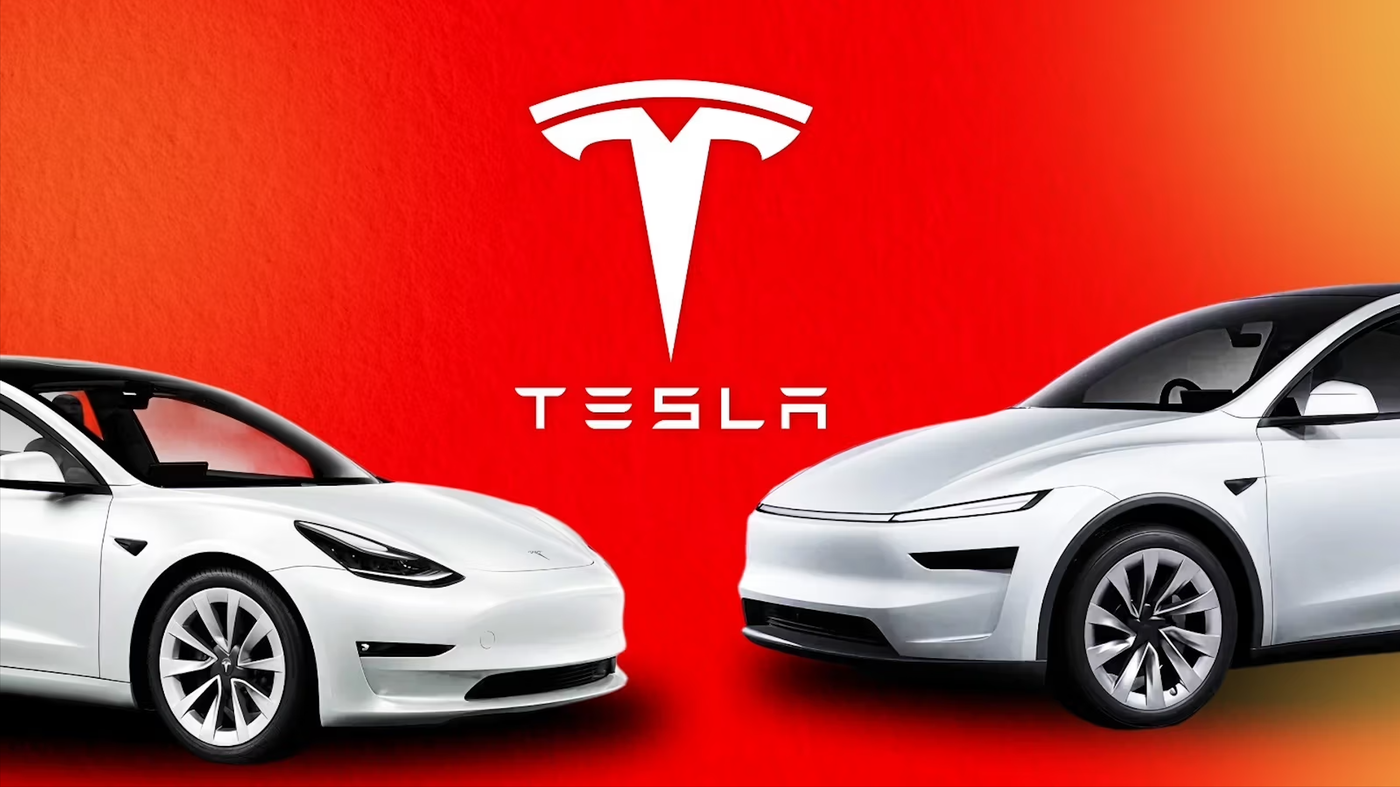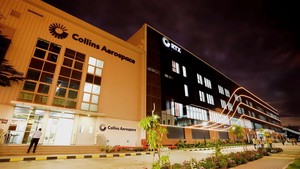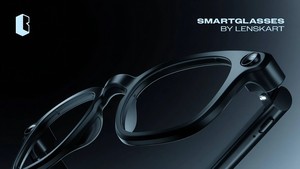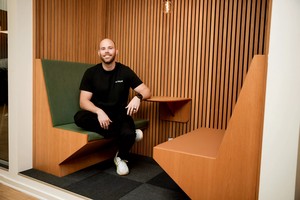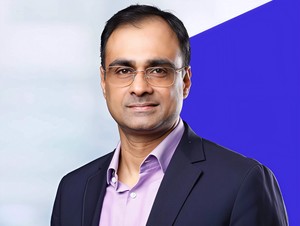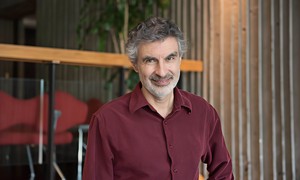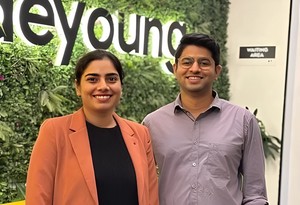Tesla is moving forward with its ambitious robotaxi project by inviting a select group of people to test its autonomous ride service in Austin, Texas. The limited trial, expected to begin this Sunday, marks a crucial step in Tesla's shift toward robotics and artificial intelligence, with the company emphasizing a cautious and safety first approach. Riders in this early phase will be accompanied by Tesla employees seated in the front passenger seat to supervise the journey.

The robotaxi trial is centered around a fleet of approximately ten Model Y SUVs, each running a customized version of Tesla’s full self driving software. These rides are only available to individuals aged 18 and above and will require participants to confirm their location in Austin through the Tesla Robotaxi app. Elon Musk has described the launch as a very cautious rollout, with extensive monitoring and safety protocols. The company has stated that human oversight will remain in place during the trial, both inside the vehicles and remotely.
Tesla’s decision to conduct a limited test in Austin comes as part of its broader vision to pivot from manufacturing more affordable electric vehicles to becoming a leader in autonomous mobility. With this initiative, the company is betting heavily on its AI driven self driving technology, aiming to redefine personal transportation and establish a strong presence in the future of smart mobility.
However, the timing of this trial has not gone unnoticed. Some Texas lawmakers have expressed concern over the safety and legality of the program. A group of Democratic legislators from the Austin area has urged Tesla to delay the robotaxi launch until a new state law governing autonomous vehicles comes into effect this September. These lawmakers argue that a regulatory framework should be in place before such services go live in public spaces.

Despite growing excitement around the robotaxi initiative, industry experts remain divided over Tesla’s reliance on cameras and AI alone, without additional sensor systems like lidar or radar. Critics point out that challenging conditions such as fog, rain, or intense sunlight can hinder the effectiveness of Tesla’s self driving capabilities. Past incidents involving autonomous vehicles have already triggered investigations and recalls across the industry, raising the stakes for this trial.
Still, supporters of the project view the trial as a bold step forward. Influential tech voices such as Omar Qazi, who received an invitation to the test and shared screenshots online, praised Tesla’s deliberate and methodical approach. Elon Musk himself responded to the post, agreeing that baby steps were the right strategy.
Tesla has yet to announce a timeline for a full scale rollout, and the current trial may face delays or temporary suspensions in case of inclement weather or operational challenges. The company is expected to closely study feedback from these initial riders to refine and improve the service.
As Tesla sets its sights on a future defined by autonomous mobility, the Austin trial offers a first real world glimpse into how robotaxis could reshape everyday travel. It is a test not just of technology, but of public trust, regulatory readiness, and Tesla’s ability to deliver on its promise of AI driven transportation.
Follow Tech Moves on Instagram and Facebook for the latest updates on AI, robotics, and the future of autonomous mobility.


